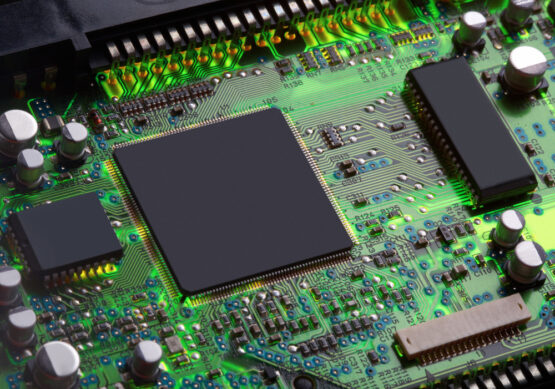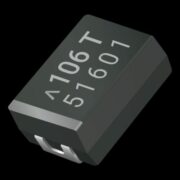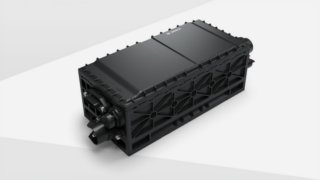Maxim Integrated describes itself as a company that makes “innovative and high-performance analog and mixed-signal products and technologies [that] make systems smaller and smarter.” For those who have followed the company’s history, it is also famous for the many acquisitions that seem to have helped it buy its way into the NASDAQ Top 100.
Between 1990 and 2020, Maxim acquired 19 different companies as it made its way into a Fortune 1000 company with stock listed in the NASDAQ 100. For a company whose rallying cry is “be bold” because “the biggest risk is not taking one,” this is not surprising.
In this article, we follow the history of Maxim and an acquisition strategy that seems to have paid huge dividends for the company. We focus on some of the companies that the manufacturer acquired along the way and where those companies are today.
The History of Maxim Integrated
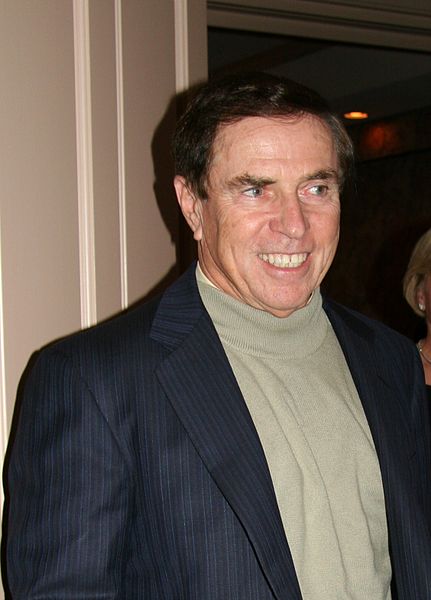
Maxim Integrated was established in 1983 in the San Francisco Bay Area, Silicon Valley, by IC industry experts Dave Fullagar, Jack Gifford, and Lee Evans.
Within the first ten years of its establishment, Maxim was already showing most of the trappings of a successful venture. The company turned its first profit within its first four years.
Maxim’s first acquisition was in 1989: a wafer fabrication facility. It would make another three acquisitions in the 1990s, including another wafer fabrication concern and a semiconductor division of a firm called Tektronix.
By 1993, Maxim reported that its revenues had passed $100 million.
An overview of Maxim’s milestones symbolizes a company that lived up to its “be bold” mantra. In 2005, the firm became a Fortune 1000 company.
Between 2007 and 2010, it announced another six acquisitions, which it describes as aimed at augmenting technical expertise and expanding product offerings.
Revenues continued to scale, and by 2010 Maxim was reporting annual revenues of $2.2 billion, reaching $2.5 billion by 2018. In 2018, the company made it into the JUST Capital 100 list and the S&P 500.
Below is a sample of some of the most exciting acquisitions Maxim made over the years.
Maxim Buys Dallas Semiconductor “for a Song”
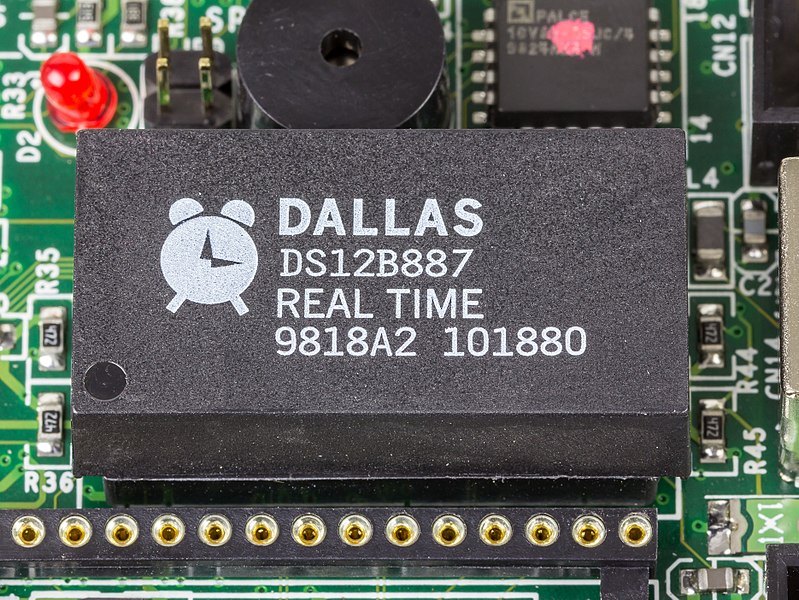
Towards the end of 2001, reports started indicating Maxim was planning to purchase Dallas Semiconductor Corp for $2.5 billion.
Dallas Semiconductor was established in 1984. The company designed, manufactured, and distributed mixed-signal specialty conductors. It identified its major customers as firms in the business of “broadband telecommunications, wireless handsets, cellular base stations, secure Internet communications, networking, servers, [and] data storage.”
Dallas Semiconductor publicized several milestones in the years it operated as an independent company. For instance, in 1997, it announced that it had produced the oscillator chip, which was the “first to offer high degree of accuracy without an external reference.”
In 2000, Dallas Semiconductors announced that it supplied the internet components for a secure electronic voting system. The system was first used in a straw poll for the North Carolina Federation of Young Republicans in the same year.
The company’s financials show a profitable business for the few years before being acquired by Maxim. For instance, the firm’s net sales went up from $233.3 million in 1995 to $390 million in 1999. Gross profit grew from $115.7 million in 1995 to $201.5 million in 1999.
No succession plan
An article published by the technology and consumer electronics news website Cnet.com reports that some analysts were stunned that the Dallas Semiconductor executives agreed to such a low price. The same article quotes an industry expert, Eric Boyce of Baldwin Anthony McIntyre (a Dallas-based financial services company). He said that “Maxim bought Dallas Semiconductor for a song.”
Some commentators credit the Dallas Semiconductor’s executives’ willingness to sell the business at a low price to the fact that it was the only choice they had after the company’s Chairman, Chief Executive, and President C.V. Prothro had died.
Boyce is quoted saying that Dallas Semiconductors “had a very strong and charismatic founder at the helm and when he passed away, it woke them up that they didn’t have a succession plan.”
Dallas Semiconductor brands were actively used until 2007.
The Acquisition of Vitesse Storage Products Division
In a short press release dated October 29, 2007, Maxim announced that it had completed the acquisition of Vitesse’s storage products business for $63 million.
Vitesse was established in 1984 by Al Joseph, with $30 million funding from the Norton Corporation. Initially, the company’s name was Vitesse Electronics Corporation. It changed to Vitesse Semiconductor in 1987. In 1991, it became a public company.
Vitesse was a chip manufacturer famous for manufacturing chips from gallium arsenide (GaAs) instead of silicon. The main advantage of using GaAs is that it increased transmissions to 10 Gb/s (gigabits per second), about six times faster than transmissions possible with silicon chips.
In 1999, Vitesse acquired Xaqti Corp for $65 million. Xaqti Corp manufactured semiconductors for the high-speed Gigabit Ethernet market. A year later, Vitesse acquired Orologic for an estimated $450 million and Sitera (a network processor startup) for $750 million.
In the acquisition announcement, Maxim says that “an additional amount up to $12 million in cash will be payable by Maxim upon the achievement of certain commercial milestones through the end of Vitesse’s 2008 fiscal year on September 30, 2008.”
It doesn’t look like Vitesse executives always operated above board. A 2013 article in the Chicago Tribune reports that top executives at Vitesse had agreed on a settlement with the U.S. Securities and Exchange Commission. This followed accusations that the company had inflated its earnings in the past.
Teridian: Expanding Presence in the Smart Meter Market
On April 12, 2010, Reuters reported that Maxim was making plans to acquire Teridian for $315 million. The news agency stated that the aim of the acquisition was “to expand its presence in the smart meter market.”
Teridian was established as TDK Semiconductor Corp. In 2005, the company announced that it was changing its name to Teridian Semiconductor Corp with immediate effect. The name change took place after the acquisition of the company by a firm named Golden Gate Capital.
Teridian described its core business as “developing metering ICs needed for the digital transition from standard meters to smart utility meters.” The firm claimed that, in about two decades, it had delivered more than 25 million units that had become famous for being cost-efficient, highly reliable, and easy to use.
Reuters cites Teridian executives who indicated that the acquisition deal would assist Maxim in accelerating “sales of its existing power management, real-time clock, and interface products, and security IP, which are all required in smart meters.”
In 2016, Maxim announced that it had sold its energy metering business to Silergy Corporation. Silergy is a Chinese manufacturer of high-performance analog integrated circuits.


